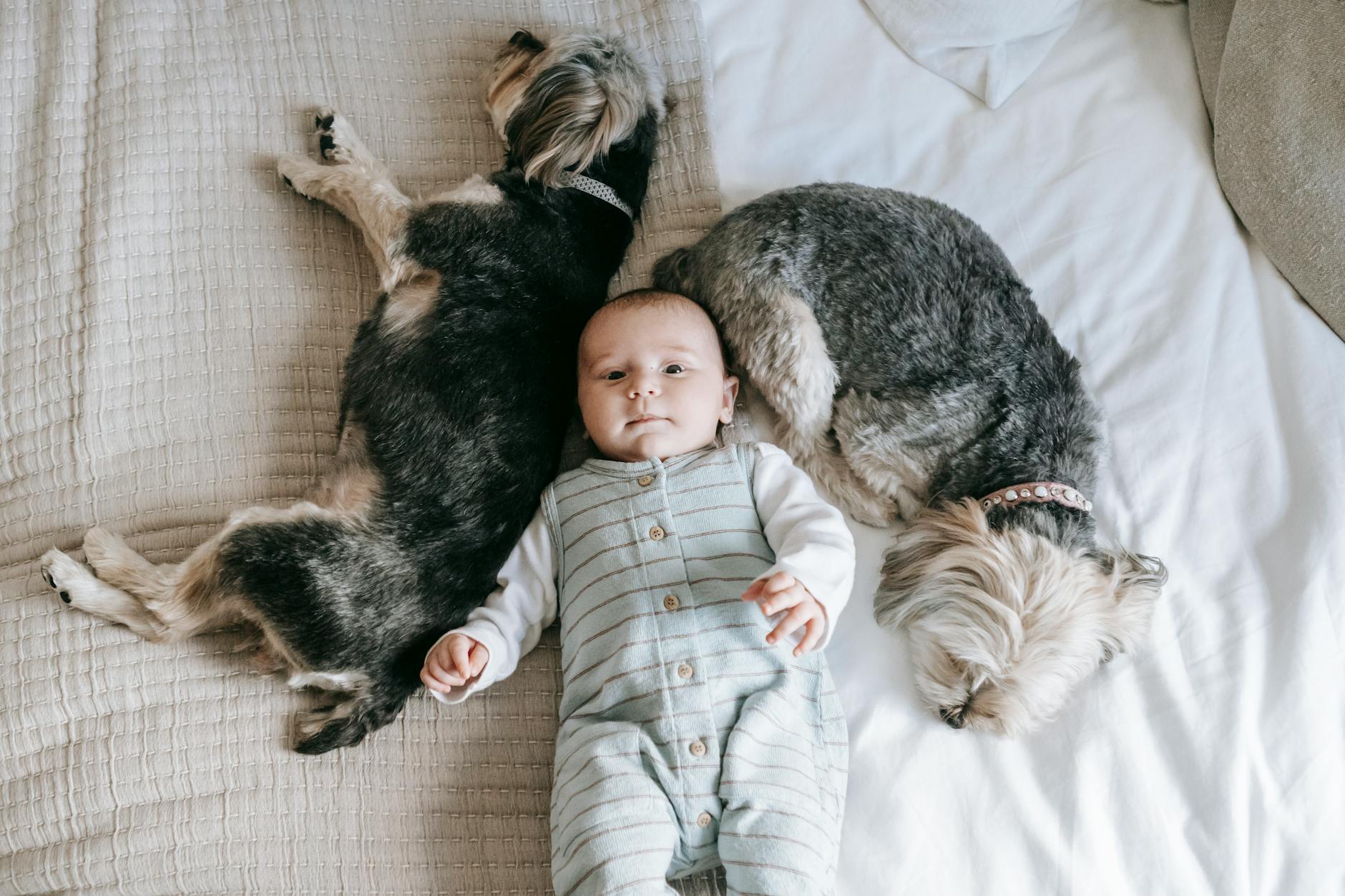Pups Pad: Ace Crate Training a Dog!

Bringing a new dog into your home is an exciting adventure. It's a time of joy, love, and sometimes a little bit of chaos. One of the best ways to introduce structure and safety into your dog’s life is through crate training. Effective crate training can ensure a happy, secure space for your furry friend, and it doesn’t have to be a struggle. In this easy-to-follow guide, we’ll explore some of the most effective techniques to crate train your dog.
Understanding the Purpose of Crate Training
Before diving into the specifics, it's important to understand why crate training is beneficial:
-
Security: Dogs have a natural instinct to den, and a crate can provide a safe, den-like space for your pup.
-
House Training: Crates help teach dogs to control their bladder and bowels, making house training easier.
-
Transportation: A crate-trained dog will be more comfortable during car rides or when flying.
-
Preventing Destructive Behavior: Crating can prevent chewing and other destructive behaviors when you're not able to supervise your pup.
Choosing the Right Crate
The first step is to select an appropriate crate:
-
Size: Ensure the crate is large enough for your dog to stand up, turn around, and lie down comfortably, but not so large that they can soil one end and sleep on the other.
-
Material: Crates can be made of wire, plastic, or cloth. The best choice depends on your dog's needs and your lifestyle.
-
Location: Place the crate in a part of the home where your family spends a lot of time, so your dog won't feel isolated.
Introduction to the Crate
Introduce your dog to the crate gradually:
-
Positive Association: Encourage your dog to explore the crate by placing treats or toys inside. Keep the door open at first, and let them enter and exit as they please.
-
Meal Times: Feed your dog their meals inside the crate with the door open to create a positive connection with the space.
-
Increase Duration: As your dog gets comfortable, start to close the door for short periods while they are inside, and then gradually increase the duration.
Training Tips and Tricks
Here are some important tips for successful crate training:
-
Consistent Schedule: Dogs thrive on routine. Keep a consistent schedule for crating and stick to it.
-
Comfortable Bedding: Include comfortable bedding and safe chew toys in the crate to make the space more inviting.
-
Never a Punishment: The crate should never be used as a punishment. It's essential that your dog always associates it with positive experiences.
-
Say Goodbye Quietly: Don't make a big deal about leaving. Calmly place your dog in their crate and leave without fanfare to reduce separation anxiety.
-
Rewards and Praise: Praise your dog for entering the crate and offer treats as rewards for calm behavior.
Dealing With Whining or Barking
If your dog whines or barks in the crate:
-
Ignore: If you know they don’t need to go to the bathroom, ignore the whining. If you respond, they’ll learn that whining gets attention.
-
Shorten Duration: If the whining continues, you may be crating your dog for too long. Decrease the time, and then slowly build it back up.
-
Exercise: Ensure your dog gets plenty of exercise and mental stimulation throughout the-day so they’re tired and content in their crate.
Remember, patience and consistency are key when it comes to crate training. It may take a few days or weeks for your pup to fully adjust to their new space, but with the right approach, both you and your dog will reap the benefits of crate training.
Implement these techniques, and you’re on your way to creating a safe and cozy retreat for your beloved companion within their pup's pad. Happy crate training!